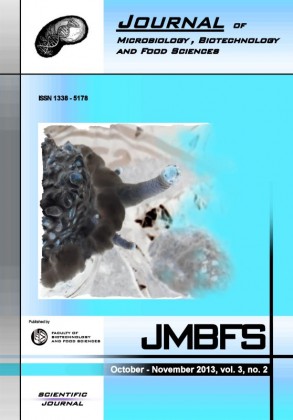MOLECULAR AND EVOLUTIONARY INSIGHTS INTO YERSINIA PESTIS; HARBINGER OF PLAGUE
Keywords:
Evolution, Virulence, Plague, Yersinia Pestis, Yersinia enterocolitica, Yersinia pseudotuberculosisAbstract
Plague has been the scourge of mankind for millennia; yet it was not until the late 18th Century that its causative agent was identified. Prokaryotic Y. pestis is responsible for plague; bacilli are consumed through arthropod feeding on infected rodential reservoirs. Arthropod uptake is essential for transmission as the bacilli proliferate within their gut before being refluxed into new mammalian hosts. Genomic analysis has elucidated the mechanisms facilitating this cycle along with the means by which bacilli acquire their characteristic virulence. Increasing our understanding of the evolution of Y. pestis provides putative avenues for future research. Whilst plague is considered a disease of the past by many, it interaction with humanity continues across various geographic foci. The rise of antibiotic resistant bacteria threatens to bring this ancient foe once again to the fore through the acquisition of drug resistance. This review will detail notable advances of the past decade enabling the elusive possibility of a universal vaccine for the three manifestations of plague. Development of suitable vaccines before drug resistant strains emerge is paramount. Researchers are pitted in an on-going race against bacterial evolution.Downloads
Download data is not yet available.
Downloads
Published
2013-10-01
How to Cite
Anderson, S. (2013). MOLECULAR AND EVOLUTIONARY INSIGHTS INTO YERSINIA PESTIS; HARBINGER OF PLAGUE. Journal of Microbiology, Biotechnology and Food Sciences, 3(2), 137–140. Retrieved from https://office2.jmbfs.org/index.php/JMBFS/article/view/7057
Issue
Section
Microbiology
License
Copyright (c) 2013 Stephen Anderson

This work is licensed under a Creative Commons Attribution 4.0 International License.
All papers published in the Journal of Microbiology, Biotechnology and Food Sciences are published under a CC-BY licence (CC-BY 4.0). Published materials can be shared (copy and redistribute the material in any medium or format) and adapted (remix, transform, and build upon the material for any purpose, even commercially) with specifying the author(s).

